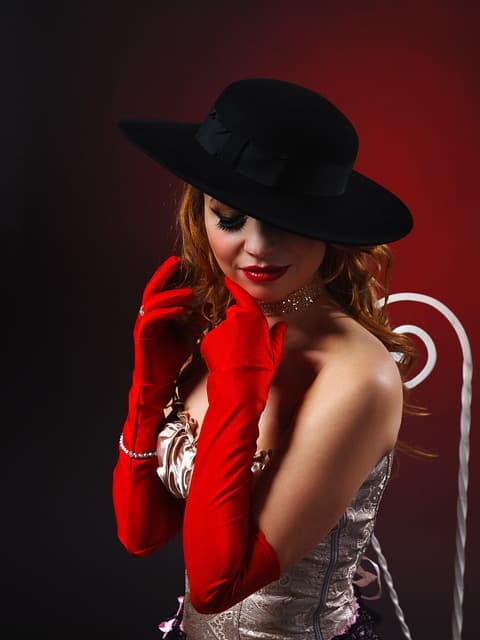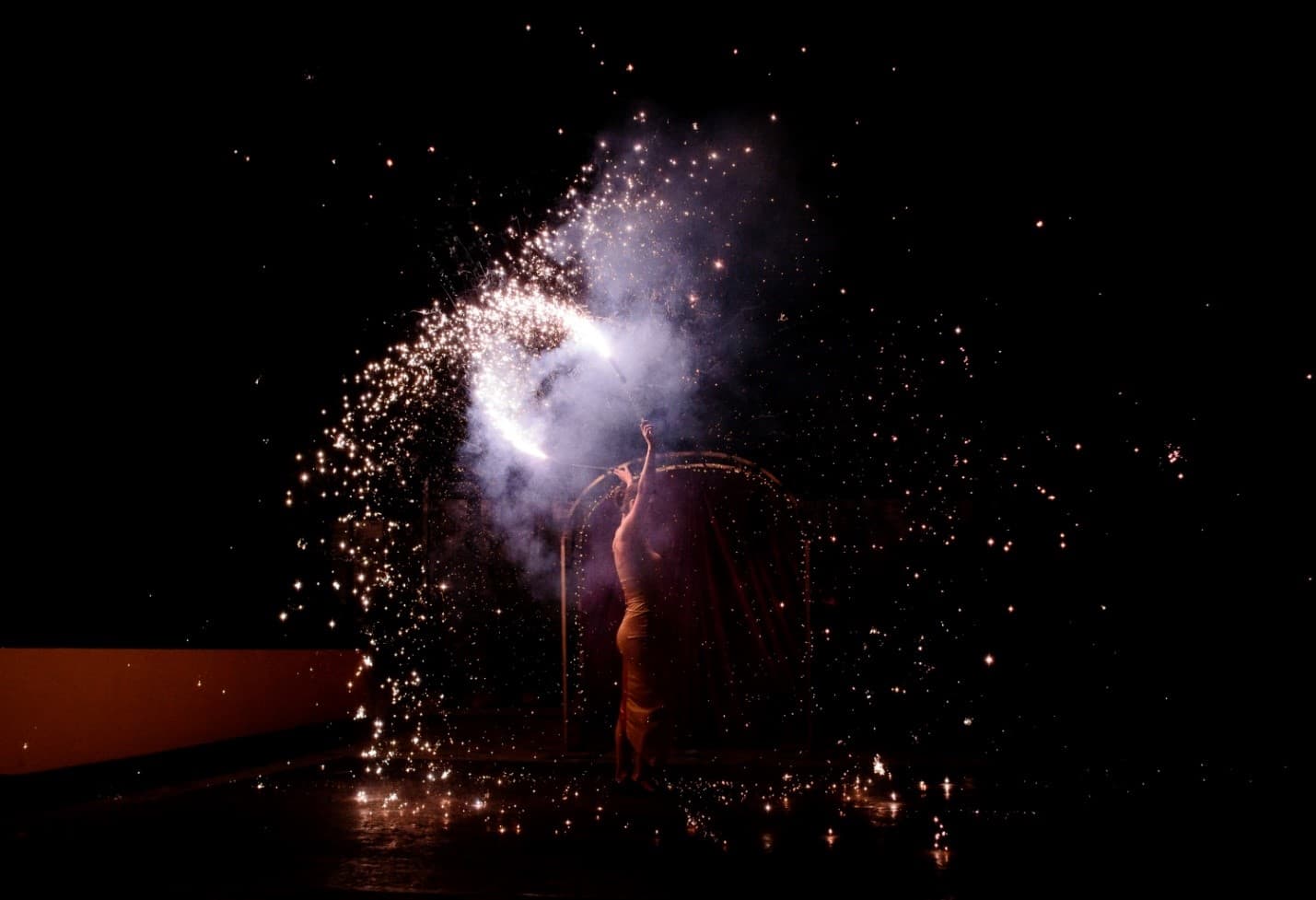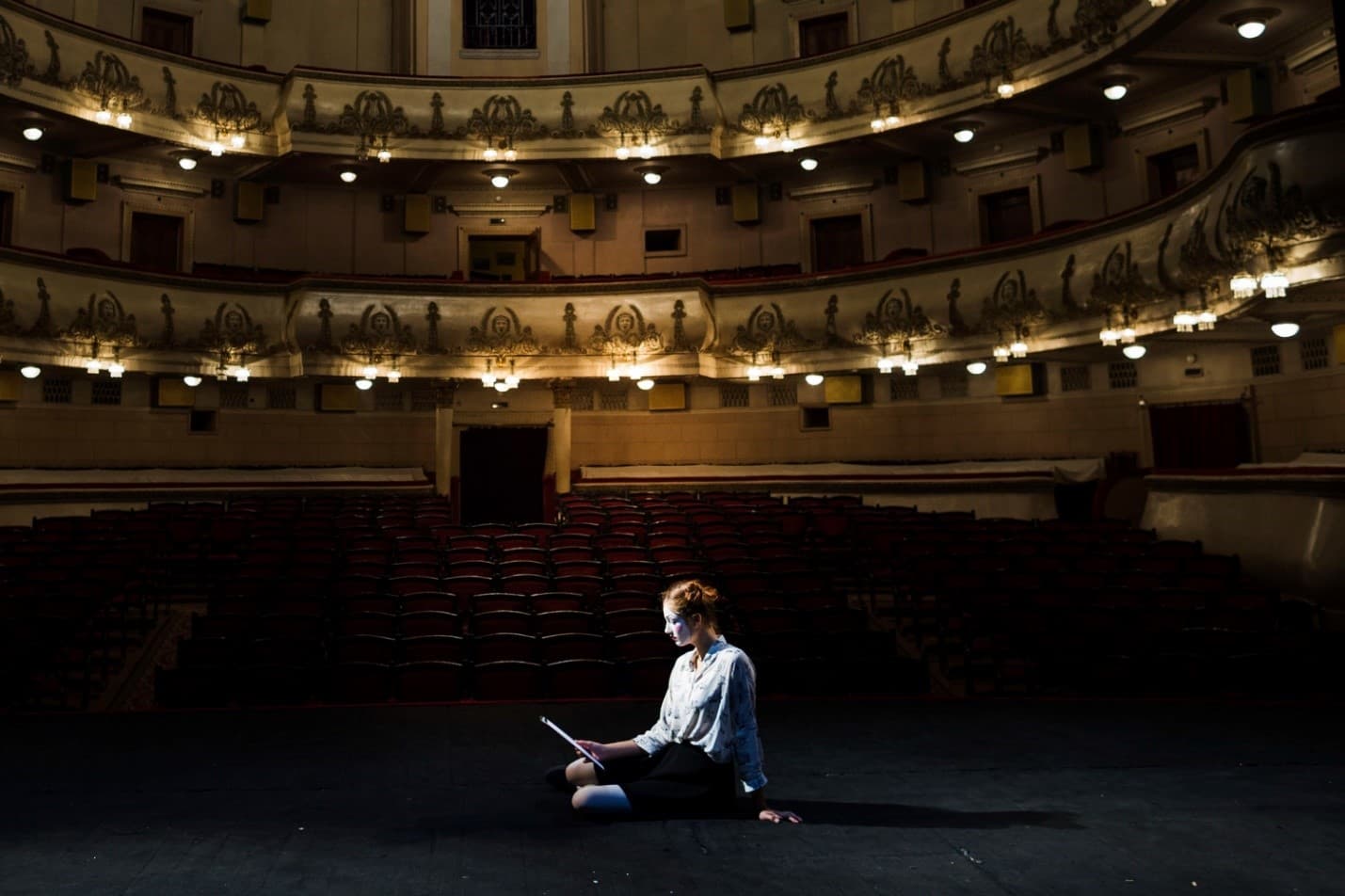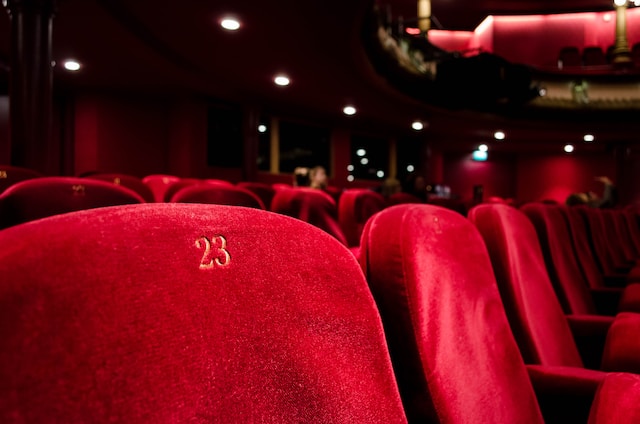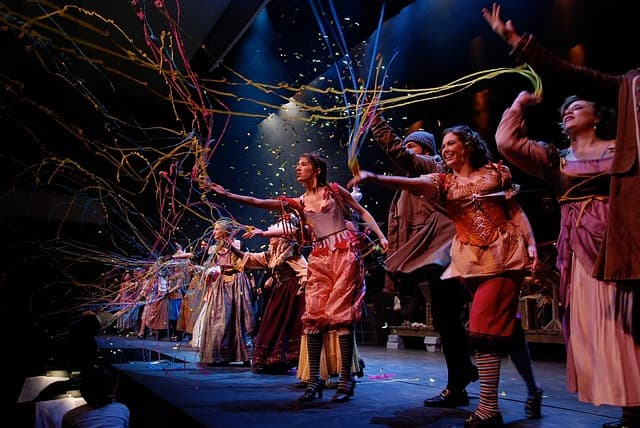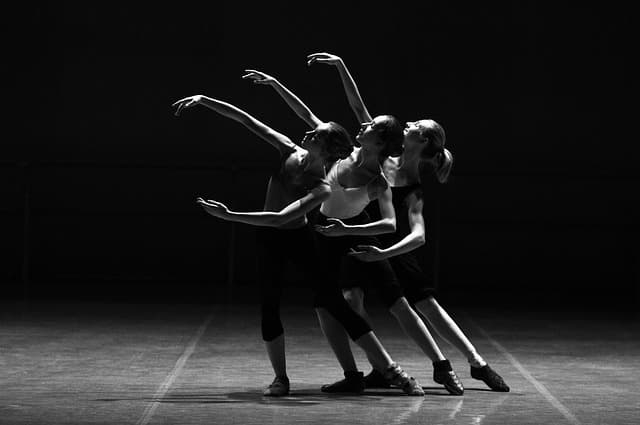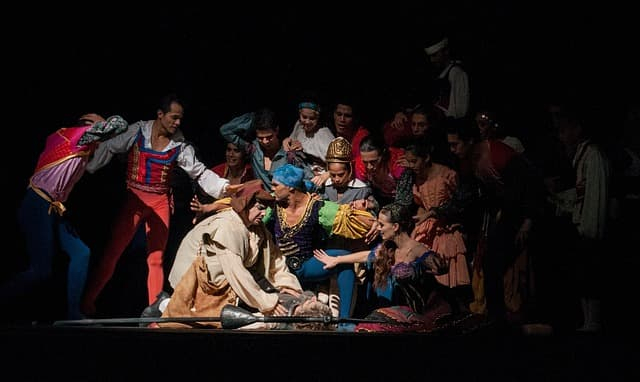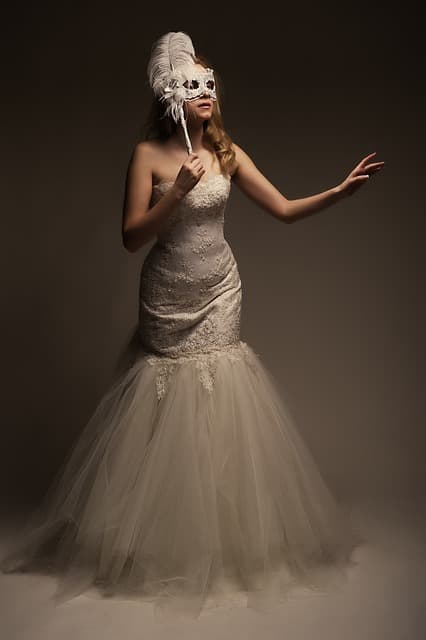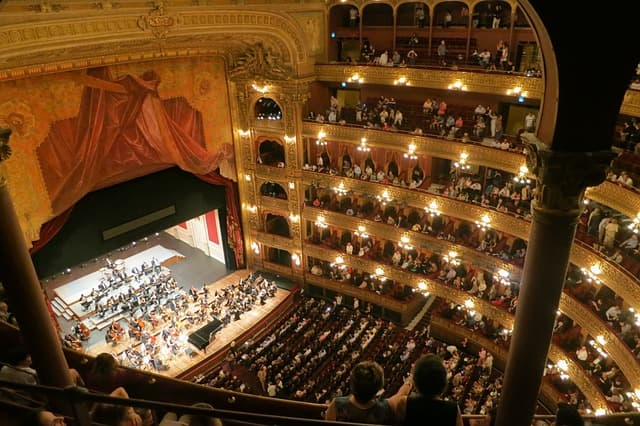The first years of the 20th century were the time when a peculiar genre, the musical, appeared in American theatrical art. Prior to that, the most common form of musical performance had been musical revues (Siegfeld Follies by Florenz Siegfeld), which were entertaining stage acts far removed from the problems of life.
In the 1920s, there were 14 revue theaters in New York City, the most popular productions of which were plays by F. Ziegfeld. Soaking up the best of British and French samples, he was able to harmoniously combine this with the best traditions of American art “ministrall show” and burlesque, the result was the emergence of an integral artistic genre. One of Ziegfeld’s most significant innovations was the introduction of the “Girlz” (something resembling a corps de ballet).
The musical revue became a beautiful fairy tale for adults, luxurious, filled with dancing, songs and jokes, featuring beautiful girls. Amazing sets, several dozen “girls,” costume changes every 15 minutes, an artful combination of numbers-dances, songs, monologues, dialogues, and musical interludes-and the participation of famous stars in the productions did not help the musical revue stay in first place. Gradually, another genre, the musical, was gaining the most popularity.
According to American theater historians, the first American musical – “Clorindy – the land of the Kek-ook” – was put on stage as early as 1896 and was called “comedy with songs and dances. It is noteworthy that the production was made by only black artists: the music was written by M. Cook, the libretto – the famous Negro poet P. Denbar, directed by B. Williams and D. Walker. It was in this play a break with the traditions of the minstrel show, manifested in the introduction of a single plot.
In 1927, on the stage of one of the American theaters, the musical “Floating Theatre”, written by composer J. Kern and screenwriter O. Hammerstein. The plot unity, the presence of plausible scenery, extravagant characters, and the replacement of the corps de ballet beauties for naturalistic heroes this work is very different from musical revues of those years.
The formation of musicals in the 1930s followed a path of organic fusion of plot with stand-up numbers, music, drama, and dance. One of the most prominent figures of American theater, L. Bernstein, called one of the strongest aspects of the musical integration, that is, the desire to transform all components of stage expression (music, choreography and drama) in a single whole.
The role of dance in the art of the stage was first shown with particular expressiveness in the musical On Pointe, written in 1936 by R. Rogers and M. Hart. Balanchine succeeded in presenting the dance as an organic part of the action and not as a minor element.
The final fusion of the three most important components of the musical was achieved only in Rodgers and Hammerstein’s Oklahoma (1942). A distinctive feature of this work was the use of choreography to characterize the characters.
The musicals of the 1930s made it clear to audiences and the entire theater world that this genre could be not only light and entertaining, but also deeply meaningful, touching on various moral and political issues. As a genre the musical was finally formed by the early 1940s, which predetermined its heyday already in the first post-war years. By the end of the 1940s, the musical transcended national boundaries and began its victorious march around the world.
